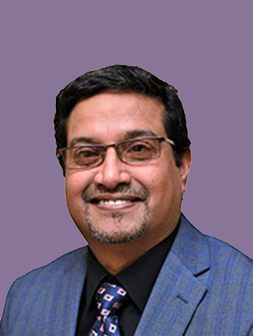



You choose the surgical procedure, and we will provide the patients. All surgical supplies included!
Choose the following procedures and more….
• Atraumatic extraction
• Immediate implant placement
• Periodontal surgeries, including soft tissue grafting, augmentation, and VISTA
• Block grafting
• Ridge splitting for narrow ridges
• Sinus elevation, grafting, and augmentations
• Tenting
• Lateral Window and Crestal approach
• Piezo Electric Surgery
• ALL IN FOUR
• Overdentures and full mouth rehabilitation utilizing implant-supported prosthesis
• Autologous Regenerative Procedures including PRP, PRF, PRGF
• Soft tissue grafting
• Dr. Panjali’s “No Drill Osteotomy Technique”
• Phlebotomy
Hands-on surgical training is the most important part of the implant dentistry training process.
This course is designed to develop surgical skills required to accomplish desired results in practice and the main highlight of this course is surgical principles utilized in implant surgery.
After completing this course, the clinician will be able to plan dental implants based on the available bone and classification of bone density. The doctor will be able to identify simple predictable procedures as well as diagnose and plan more complicated procedures. Doctor will be able to distinguish different clinical scenarios and know when NOT to start a case. The clinician will be able to provide appropriate instrumentation for conservative and predictable treatment. This course will train you in the most common procedures and techniques utilized in everyday implant surgery and help develop surgical skills. This will be done individually to fulfill the educational needs of each participant based on their experience and expertise.

Dr. Panjali has over 28 years of experience practicing all aspects of dentistry. Dr. Panjali is a graduate of New York University’s College of Dentistry and has a Master’s Degree in Oral Implantology from Goethe University, Germany. A leading authority in the country, his vision for practice is focused on patient comfort, quality, and convenience.
Licensed in New York State, Dr. Panjali has received numerous awards, presented lectures on dental implants nationally and internationally, and has been published in professional dental publications. Dr. Panjali is a Diplomate of the International Congress of Oral Implantologists (ICOI). Diplomate status is the highest credential awarded by ICOI. Less than 1,500 dentists worldwide have achieved this level of distinction.
Over the course of 24 years, Dr. Panjali has lectured on and instructed thousands of dentists in the latest dental implant techniques, technologies, and procedures.
Professionally, Dr. Panjali has evaluated several leading implant systems with innovative surgical techniques, providing non-invasive treatment in everyday dentistry. He has assisted in developing surgical instruments that have made surgical procedures easier for both dentists and assistants. He has successfully completed clinical trials of Immediate Placement in infected sockets and has developed a predictable protocol to achieve excellent results. He is the founder of the “No Drill Osteotomy,” a unique technique for surgical implant placement.
No discounts will be offered when signing up for individual courses. This offer is non-transferable and cannot be combined with any other offer. All cancellations must be received 45 days in advance for a full refund. All cancellations will be charged $50 processing fee. No refunds on cancellations will be made less than 45 days before the course. All enrollments made within 45 days will not receive any refunds on cancellation. Courses are subject to change. Please call for the most current updates.
Courses are subject to change. Please call for the most current updates.
New York Implant Institute is an ADA CERP Recognized Provider. ADA CERP is a service of the American Dental Association to assist dental professionals in identifying quality providers of continuing dental education. ADA CERP does not approve or endorse individual activities or instructors, nor does it imply acceptance of credit hours by boards of dentistry. New York Implant Institute designates this activity for 64 continuing education credits.